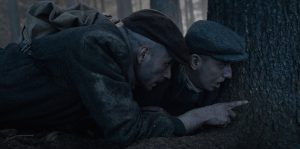
Over the years, there have been several exigent and insightful documentations of the atrocities of the Holocaust. The subject matter is so traumatic that any attempts to translate it to a visual medium always morphs into a painful depiction of humanity at its worst. Director Peter Bebjak’s The Auschwitz Report is Slovakia’s chronicle of the heroic escape of two Slovak Jews, Rudolf Vrba (Peter Ondrejicka) and Alfréd Wetzler (Noel Czuczor), from the bleak hellscape of Auschwitz.
The most striking feature of the film is its extremely effective visual narrative and synchronous cinematography. A prisoner can be seen hanging from the gates of the concentration camp, declaring the genocidal intentions of the Nazis for everyone to see. That becomes the primary conflict of Bebjak’s harrowing work. Even though everyone had an idea of what was going in the concentration camps, official reports suggested that prisoners were just being “resettled.” Investigations conducted by the Red Cross led nowhere, and the humanitarian aid that was sent for never made its way to the starving masses.
Vrba and Wetzler decide that they have to escape with evidence to open the world’s eyes to the unforgivable crimes of the Nazi regime. Although there is a good chance that they might be captured and executed, they will die trying because their efforts might save the lives of the other Jews being transported to Auschwitz regularly. While it takes a bit to plan everything, in April of 1944, they make their escape. As the guards search for the duo, they hide under the wooden planks of a footpath. Every minute they spend in that cramped ditch, a Jewish prisoner is erased from existence.
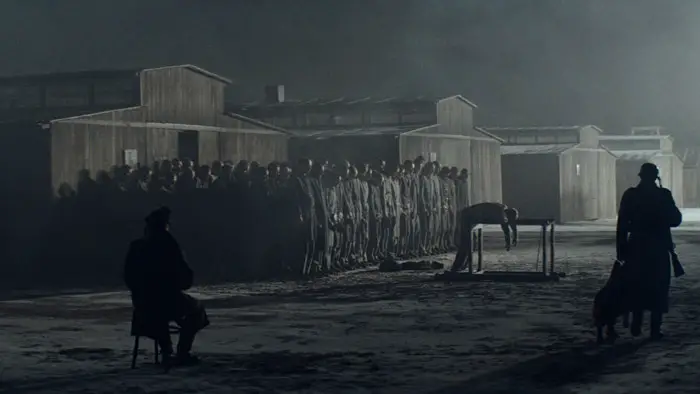
“…the heroic escape of two Slovak Jews…from the bleak hellscape of Auschwitz.”
On some level, The Auschwitz Report is aware of the voyeuristic repertoire that the modern audience is constantly bombarded with. The movie employs vignettes of unabashed devastation with a detached nonchalance. Alluding to the inevitable desensitization on the part of the viewers towards such films, it presents unsettling torture scenes without using the cinematic language to amplify it. Those sequences, including one where a Nazi officer plays “whack-a-mole” with the heads of Jewish prisoners who have been buried in the ground, do not need glorification.
Instead, the cinematography becomes fluid and experimental, especially when the protagonists finally make it out. The camera mimics their staggering movements of having made it out of hell, presenting vertical shots in horizontal formats to indicate the destabilised internal compasses of the newly liberated young men.
The two actors do a commendable job throughout, making their characters’ determination felt in every scene. As Warren, a Red Cross representative, John Hannah is also quite strong, as his compassion for those suffering shines through.
The Auschwitz Report is an intense, visually bold tale of a courageous pair of people who endured the tortures of a concentration camp to escape and become heroes. Their efforts helped save the lives of more than 120,000 Jewish prisoners, a tremendous achievement in the face of all odds, for which Bebjak’s film is a most fitting commemoration.
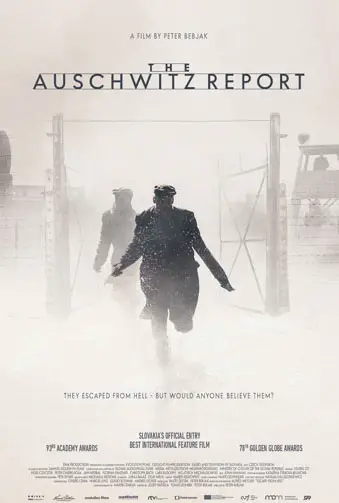
"…an intense, visually bold tale..."
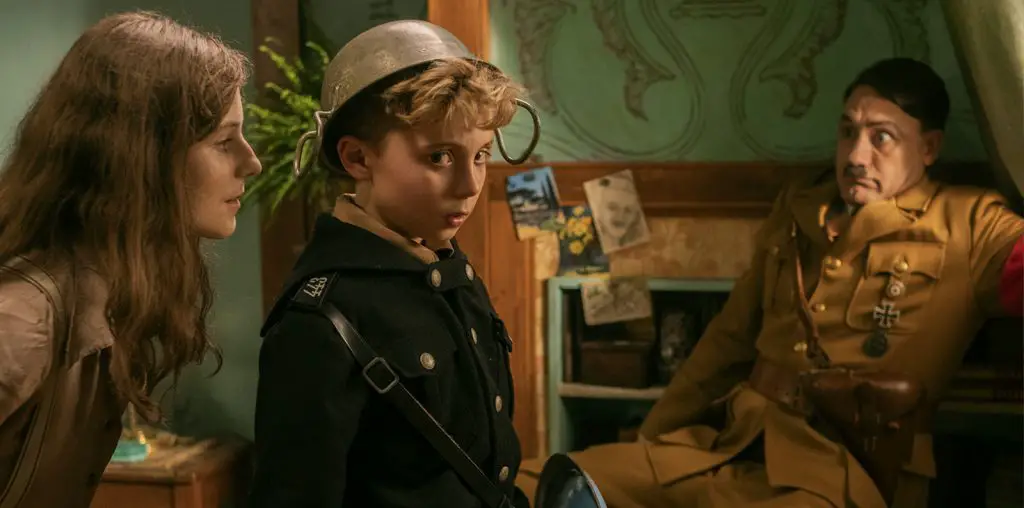
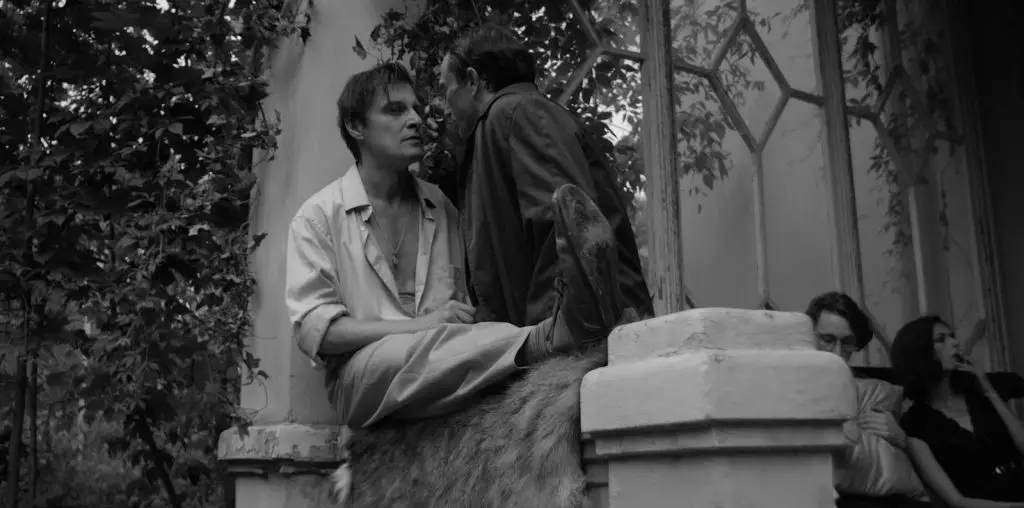
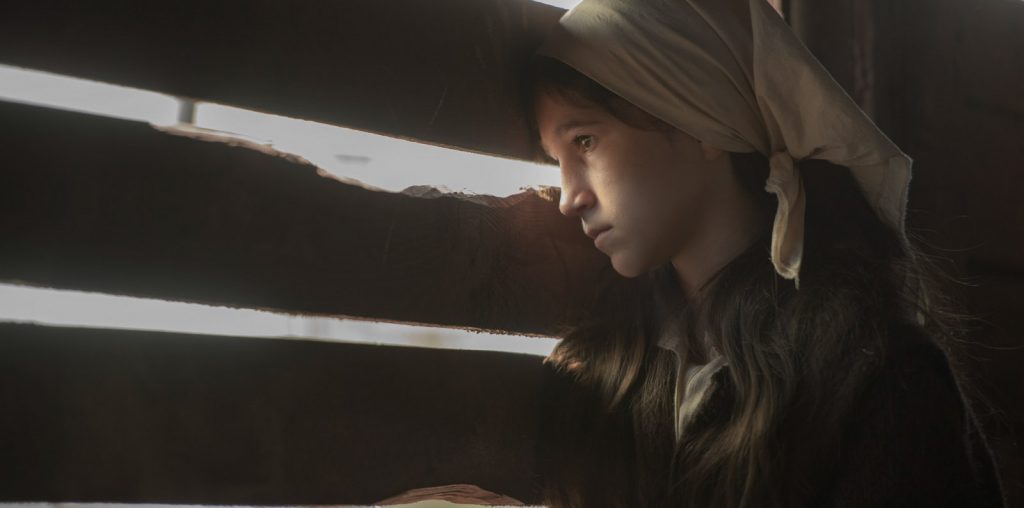
I will be very interested to learn how these two , beyond imagination , brave souls, saved 120,000 lives. Nothing was done by the Allies about Auschwitz until the Soviet liberation of the camp.